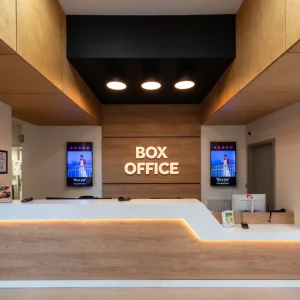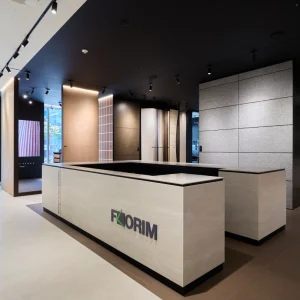The 200,000-square-foot hall houses the school’s natural and mathematical sciences, and opened last October. It’s designed to achieve platinum Leadership in Energy and Environmental Design (LEED) certification, a rating system encouraging global adoption of sustainable green building and development practices. It was among more than 100 projects competed between 2006 and 2008.
According the college, one of the main reasons for winning could be Xcel’s involvement in the project. The building team for Regents Hall with Xcel early in the design process when developing the building’s orientation and the separation between the interior and exterior environments. Xcel awarded the college $540,000 in cash incentives to fund features that resulted in six gigawatt-hours of savings.
The project initially set out for a LEED gold certification, but with the sustainable attributes of the building and the successful implementation green features, the school sought a LEED platinum certification.
With platinum certification, “Regents Hall will become the largest and most technically sophisticated university science facility in the nation to achieve that goal,” the school said.
St. Olaf is set to reap energy savings that are 53% better than Minnesota state energy code requirements with the green features of Regents Hall. Radiant heating panels double as daylight harvesting light shelves in faculty offices, and the building draws power from the college’s utility-scale, on-campus wind turbine.
Another phase of work is underway to renovate a connecting building that will house the department of mathematics, computer science and statistics.





